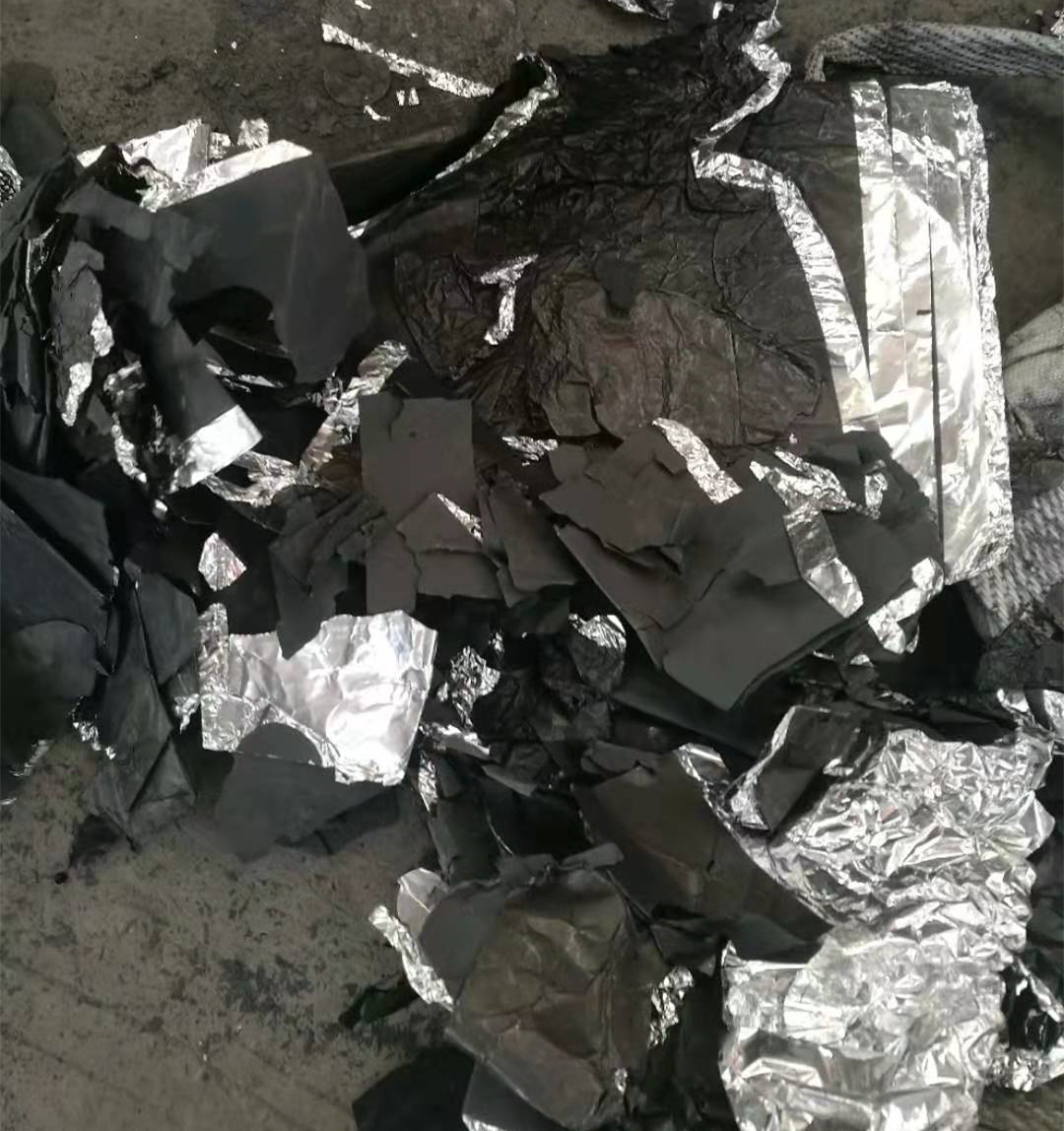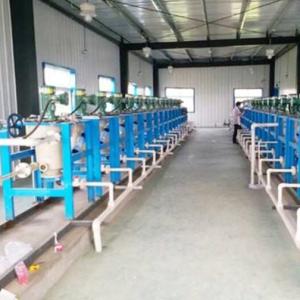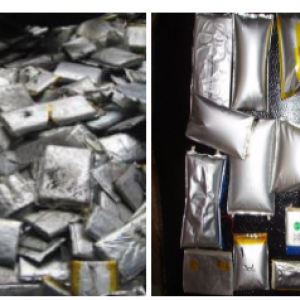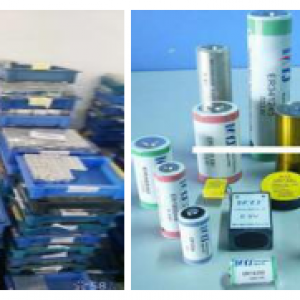Cathode material of lithium ion battery

The performance of lithium-ion battery mainly depends on the structure and performance of internal materials. The internal materials of these batteries include negative materials, electrolytes, separators and positive materials. The selection and quality of positive and negative materials directly determine the performance and price of lithium-ion batteries. Therefore, the research of low-cost, high-performance positive and negative materials has been the focus of the development of lithium-ion battery industry.
Carbon materials are generally used as anode materials, and the current development is relatively mature. The development of cathode materials has become an important factor restricting the further improvement of lithium-ion battery performance and the further reduction of its price.
In the current commercial production of lithium-ion batteries, the cost of cathode materials accounts for about 40% of the total battery cost. The reduction of cathode material price directly determines the reduction of lithium-ion battery price. This is especially true for lithium-ion power batteries. For example, a small lithium-ion battery for a mobile phone only needs about 5g of cathode material, while a lithium-ion power battery for driving a bus may require up to 500kg of cathode material.





